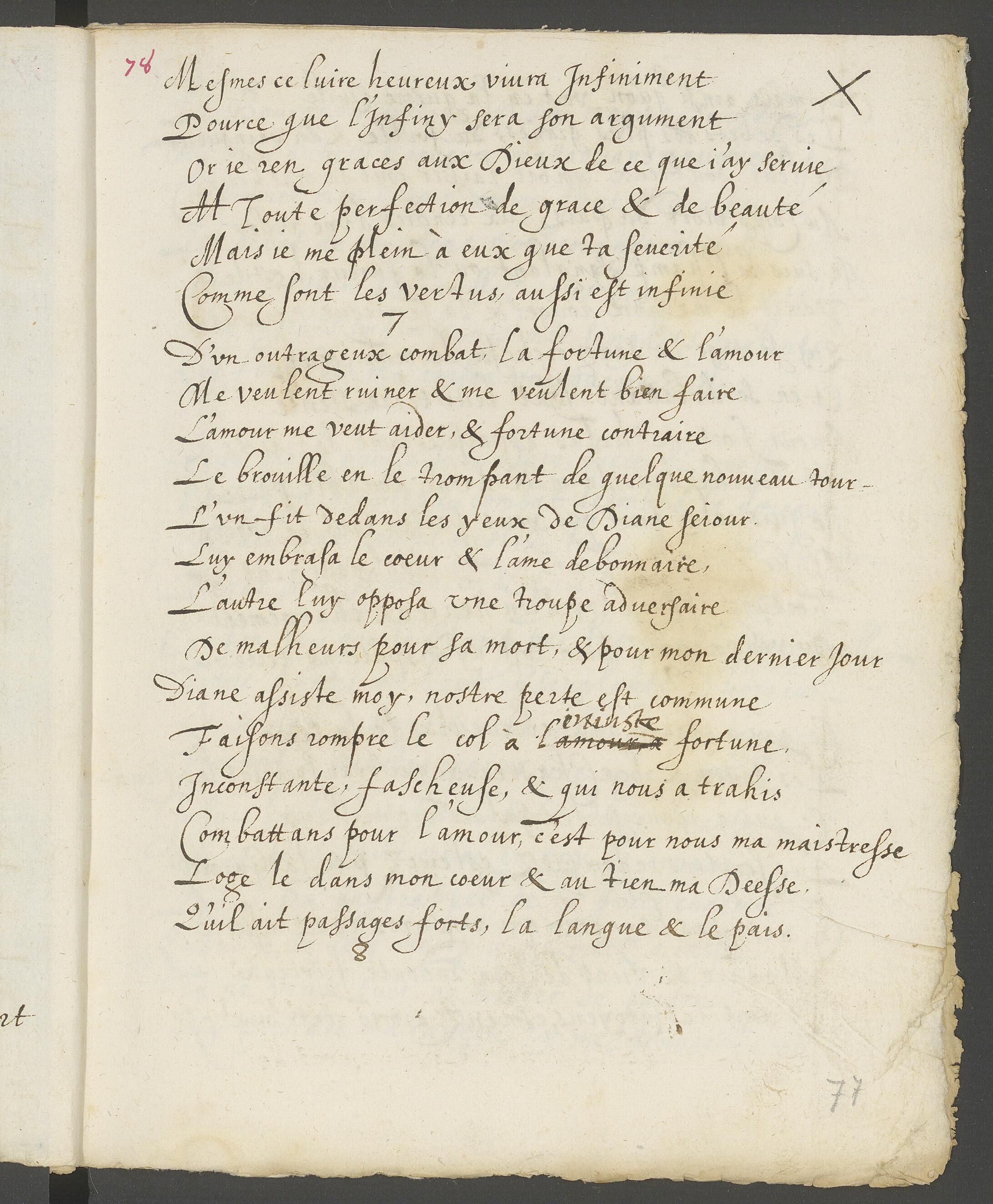The Spring – The Hecatomb for Diane, VII | Le Printemps – L’hécatombe à Diane, VII

Bibliothèque de Genève, Detail from Le Printemps et divers textes, Bibliothèque de Genève, Archives Tronchin 157

Bibliothèque de Genève, Detail from Le Printemps et divers textes, Bibliothèque de Genève, Archives Tronchin 157